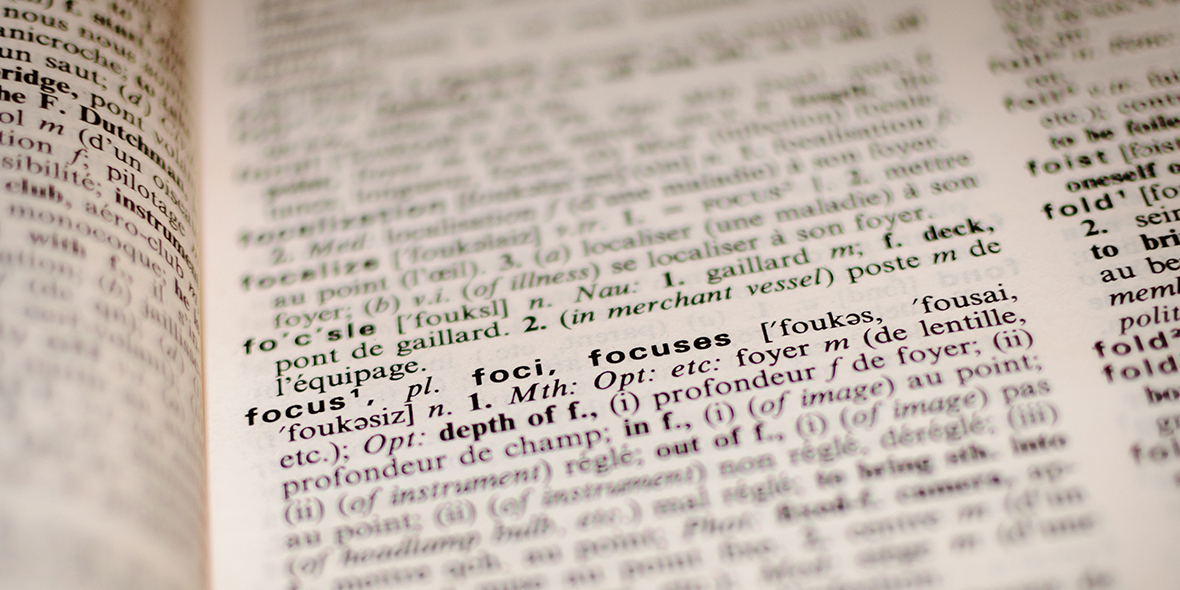
What exactly is the difference between an interpreter and a translator?
The brief explanation: Translators work with the written word, whereas interpreters work with the spoken word. Of course, there are language professionals who do both and who do an excellent job in both fields.
A translator transfers texts from one language into another. Depending on their specialisation, these range from websites and articles to contracts, instruction manuals, books, or anything else in written form. In my case, I specialise in translating texts on fashion, jewellery, and other lifestyle-related topics. I also prefer creative translations.
Interpreters, however, ‘translate’ spontaneously. Simultaneous interpretation means that the interpreters transfer a speech into another language while listening to the speaker, without a time lag. Consecutive interpreters take notes during a speech, and afterwards deliver it in the target language. Liaison interpretation is often used for bilateral negotiations. Generally, interpreters are often found at conferences, conventions, workshops and corporate events, to name but a few.
Of course, there are close ties between the two professions: Both interpreters and translators must have excellent command of all their working languages. They must be eloquent and consider not only linguistic, but also cultural aspects in order to successfully bridge the gap between two languages. In-depth research and preparation on the subject at hand are key to a successful interpretation and translation.
Other aspects that are crucial for a successful interpreting performance are the interpreter’s voice, presentation, and ability to improvise. Finally, the intense cognitive strain put on the interpreter is another major difference, which is why you should opt for competent, well-trained interpreters for your multilingual event.
